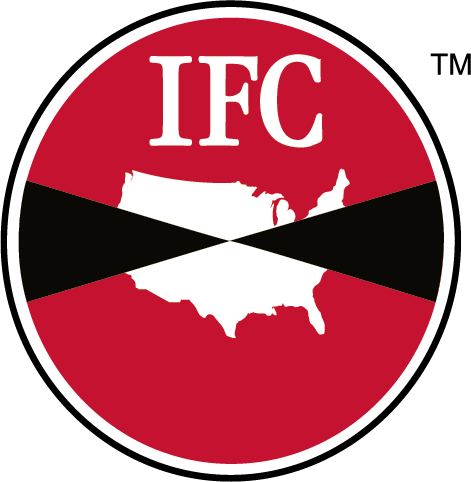Considerable pest management implications are imbedded in compliance with the Food Safety Modernization Act (FSMA) although they may not be immediately apparent on the surface. It is helpful to remember that laws speak in generalities, and the subsequent rules and regulations speak in detail specifics. Furthermore, most day-to-day food processing operations will continue to be oriented more toward compliance with corporate or Global Food Safety Initiative (GFSI) audit standards. Those audit standards are somewhat more rigorous than the FSMA legal minimums. So, certain things may be attributed to FSMA that are actually in the aftermath of the law. One of the profound conceptual changes resulting from FSMA is a shift from response to prevention. Former Hazard Analysis Critical Control Point (HACCP) protocols, for example, identified critical control points and reactions to be taken if something went wrong. New Hazard Analysis and Risk-Based Preventive Controls (HARPC) thinking is to assess what could go wrong and create preventative controls.
How does pest management fit into this scheme? We all know that surprises happen in pest management! Formerly, a pest management program may have included a plan for routine rodent and insect management. When a surprise infestation occurred something additional was done. Reacting to situations will continue, but to take pest management to a more preventative level in food processing is necessary and may mean going back to root causes such as conducive conditions, harborage, sanitation and exclusion deficiencies, or poor facility and equipment design. New systems may need to be developed to document deficiencies that various people notice, and track corrective actions.
Documentation is sometimes viewed as a paperwork task, but this overlooks the value it can have as a management tool. Consider pest monitoring and the improvement in pest prevention that might be achieved with better analysis. The essence of monitoring is analysis rather than counting after all. Monitoring is sometimes limited to data presentations as tables or graphs of pest activity over past months. An analysis of why things happen is often missing: normal seasonal cycles, deficiencies in maintenance, exclusion, or sanitation, harborages, etc. Pest prevention could also be improved by analyzing monitoring data to prioritize areas needing attention when limited down time becomes available.
Despite preventative efforts, unexpected pests will be inevitable. More emphasis will be placed on establishing action thresholds for different pests. This can be a problematic topic because there are not scientific or broadly accepted threshold values for food processing pests. Every facility, and often zones within facilities, will likely be different. Identify logical zones – ingredients, processing, packaging and warehousing – and sensible threshold values for each key pest in zones. Furthermore, establish what the appropriate response should be at certain thresholds. The escalating responses to different levels of pest activity often include things such as automatic authority for certain limited types of pesticide application, more intensive monitoring and inspection, and of course, higher management notifications which might lead to more extensive measures.
Success in the new age of FSMA will depend upon maintaining quality relationships and cooperation on documentation between pest management professionals and their food processing clients like never before.

